With their keen eyesight, impressive flight capabilities, and predatory prowess, Hawks have long captured the imagination of nature enthusiasts and scientists alike. These majestic raptors play a vital role in maintaining the delicate balance of ecosystems.
However, their populations have faced significant challenges over the years, leading to concerns about their survival. To address these threats and ensure the conservation of these remarkable birds of prey, hawks, along with many other species, are federally protected in the United States.
But why are hawks federally protected? This question forms the crux of our exploration as we delve into the significance of hawks, the reasons behind their federal protection, and the conservation efforts to safeguard their populations.
By understanding the importance of these protections, we can better appreciate the intricate connections between wildlife conservation and the well-being of our planet.
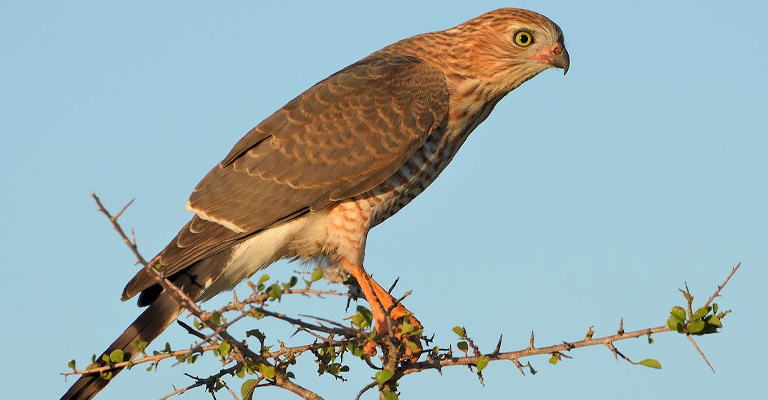
Why Are Hawks Federally Protected?
As magnificent birds of prey, Hawks are essential in our natural world. Their striking presence and crucial ecological role have prompted their federal protection in the United States. So, why are hawks federally protected?
Let’s explore the reasons behind this conservation measure and the importance of safeguarding these majestic raptors.
Habitat loss and fragmentation, pesticide use, illegal hunting, and historical population declines are some of the critical factors that have threatened hawk populations. Federal protection plays a crucial role in mitigating these threats and ensuring the survival of these birds.
Preservation Of Ecological Balance
Hawks, as apex predators, help maintain the delicate balance within ecosystems. By preying on small mammals, birds, and reptiles, they regulate prey populations and prevent their overabundance.
This ecological role has a cascading effect on the entire food web, promoting biodiversity and ensuring the health of ecosystems.
Habitat Protection
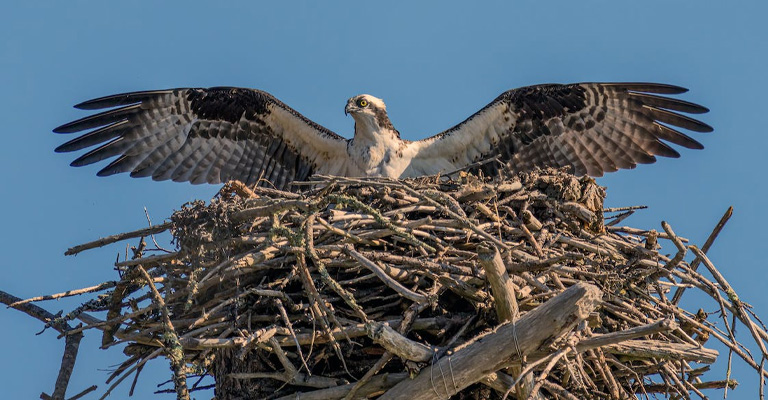
Hawks rely on specific habitats for nesting, roosting, and hunting. However, rapid urbanization, deforestation, and habitat destruction have significantly reduced suitable environments for hawks.
Federal protection helps safeguard critical habitats through regulations and conservation efforts, providing these birds with the necessary spaces to thrive.
Regulation Of Pesticide Use
Pesticides, particularly certain types of insecticides, can have detrimental effects on hawks. These chemicals accumulate in their prey, leading to indirect poisoning. Federal protection enables the regulation of pesticide use, reducing the risk of contamination and protecting hawks from these harmful substances.
Enforcement Against Illegal Hunting
Illegal hunting and poaching pose a significant threat to hawk populations. The Migratory Bird Treaty Act and the Bald and Golden Eagle Protection Act, both federally enforced, prohibit the capture, killing, or possession of hawks without proper permits. This ensures that hawks are not subjected to unnecessary harm and promotes their conservation.
Conservation Programs And Research
Federal protection allows for allocating resources and funding toward conservation programs and research initiatives focused on hawks. These efforts involve monitoring populations, studying migration patterns, and implementing strategies to enhance breeding success.
Conservationists and scientists can gain valuable insights into hawk ecology and develop effective conservation strategies through these endeavors.
The Importance Of Hawks In Ecosystems
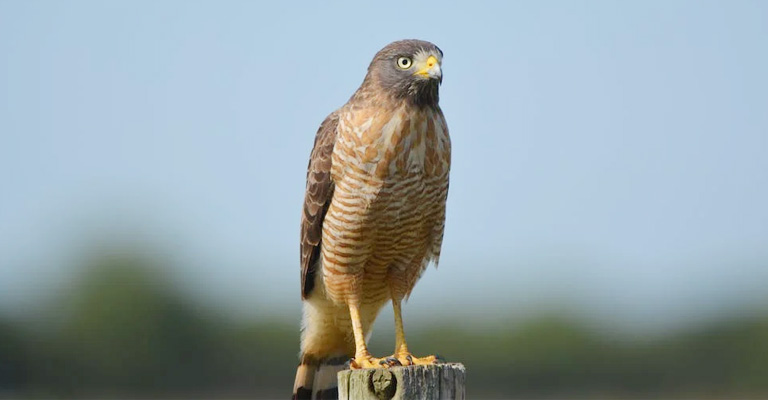
Hawks play a crucial role in maintaining the delicate balance of ecosystems, making their conservation essential for the overall health of our natural world. As apex predators, they occupy the top of the food chain, exerting control over prey populations and influencing ecosystem dynamics.
Role As Apex Predators
Hawks hold a unique position as apex predators, regulating the populations of their prey species. Hunting and feeding on small mammals, birds, and reptiles help control their numbers, preventing overpopulation that could have detrimental effects on vegetation, competition, and the balance of species within the ecosystem.
Impact On Rodent Populations
Rodents like mice and rats can reproduce rapidly and threaten agricultural crops and human settlements. Hawks are skilled hunters of rodents, effectively reducing their numbers and minimizing the risks associated with their overabundance.
This natural form of pest control significantly benefits farmers and helps maintain ecological harmony.
Indicators Of Environmental Health
Hawks are highly sensitive to environmental changes, making them valuable indicators of ecological health. Top predators rely on a healthy and abundant prey base, clean water sources, and suitable habitats.
Declines in hawk populations can signal imbalances or disruptions within ecosystems, alerting conservationists to potential issues that require attention, such as habitat degradation, pollution, or toxic substances.
Threats To Hawk Populations
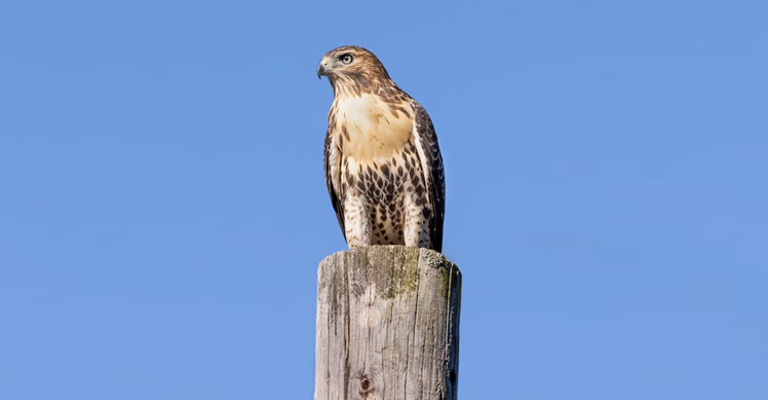
Hawks face many threats that have contributed to their population decline and necessitated their federal protection. Understanding these threats is crucial for implementing effective conservation measures.
Historical Decline In Numbers:
Over The Years, Hawks Have Experienced significant population declines due to various factors, including habitat loss, pollution, and hunting. These declines have been particularly evident in certain species, such as the California Condor and the Red-shouldered Hawk.
Historical data and research studies help us comprehend the severity of these declines and emphasize the need for protective measures.
Habitat Loss And Fragmentation:
Hawks rely on specific habitats for nesting, roosting, and hunting, including forests, grasslands, and wetlands. However, widespread habitat loss due to urban development, agriculture, and deforestation has severely impacted these crucial environments.
Fragmentation of habitats further exacerbates the challenges hawks face, as it restricts their movement, disrupts their breeding patterns, and limits access to adequate food sources.
Pesticide Use And Its Effects
Pesticides, such as organochlorines and organophosphates, have had detrimental effects on hawk populations. These toxic chemicals enter the food chain by consuming contaminated prey, leading to bioaccumulation and adverse health impacts.
Hawks are particularly vulnerable to pesticide exposure due to their predatory nature and higher trophic level, making them susceptible to reproductive issues, immune system suppression, and reduced breeding success.
Illegal Hunting And Poaching:
Illegal hunting and poaching pose significant threats to hawks, as they are targeted for various reasons. Some individuals illegally capture hawks for falconry purposes.
In contrast, others engage in trophy hunting or collect their feathers and body parts for commercial trade. These activities directly impact hawk populations and disrupt their natural behaviors and reproductive cycles.
The Endangered Species Act And Hawk Conservation
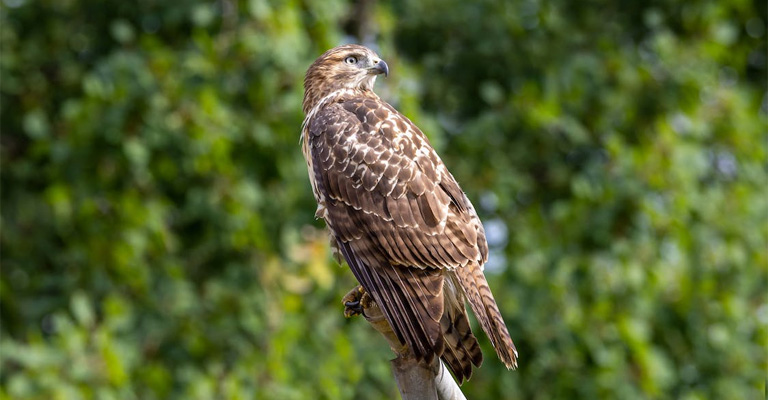
The Endangered Species Act (ESA) is a critical piece of legislation in the United States aimed at protecting and conserving endangered and threatened species and their habitats.
Like many other imperiled species, Hawks benefit from the provisions of the ESA, which addresses their conservation needs and ensures their long-term survival.
Overview Of The Endangered Species Act (ESA):
The ESA, enacted in 1973, is a federal law designed to prevent the extinction of species and promote their recovery. It provides a framework for identifying, listing, and protecting species at risk and designating critical habitats necessary for their survival.
The ESA establishes a comprehensive approach to conservation, involving federal agencies, states, and private entities in collaborative efforts to protect and recover threatened and endangered species.
Inclusion Of Hawks Under The Esa
Depending on the species and their conservation status, Hawks may be listed as threatened or endangered under the ESA. The listing process involves scientific assessment and evaluation of factors such as population size, habitat loss, and threats faced by the species.
These birds receive legal protection by including hawks under the ESA, ensuring that activities harming them or their habitats are regulated and mitigated.
Purpose And Objectives Of The Esa:
The ESA’s primary purpose is to prevent imperiled species’ extinction and promote their recovery and conservation. It aims to protect both listed species and the ecosystems they depend on, recognizing the interdependence between species and their habitats.
The objectives of the ESA encompass the preservation of biodiversity, the restoration of endangered species to the point of sustainable population levels, and the conservation of ecosystems for future generations.
Benefits Of Federal Protection For Hawks
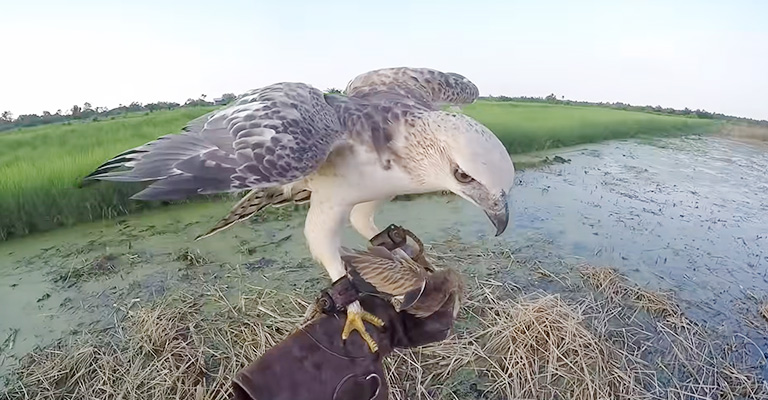
Federal protection measures have proven instrumental in securing the well-being and conservation of hawk populations.
By focusing on critical aspects such as habitat preservation, pesticide regulation, enforcement against illegal hunting, and supporting conservation programs and research, these protections offer a range of benefits for these magnificent birds of prey.
Protection Of Habitats
Federal protection ensures the preservation and restoration of vital hawk habitats. Through regulations and conservation efforts, critical nesting, roosting, and hunting areas are safeguarded. This enables hawks to maintain stable populations and effectively carry out their ecological roles.
Regulation Of Pesticide Use
Federal regulations control the use of pesticides, particularly those that pose risks to hawks and their prey. Limiting the application of harmful chemicals minimizes the potential for indirect poisoning through contaminated prey. This regulation helps maintain the health and well-being of hawk populations.
Enforcement Against Illegal Hunting
Federal laws and enforcement agencies work to combat illegal hunting and poaching of hawks. The Migratory Bird Treaty Act and the Bald and Golden Eagle Protection Act prohibit the capture, killing, or possession of hawks without proper permits.
These measures deter illegal activities and protect hawks from unnecessary harm.
Conservation Programs And Research
Federal protection enables allocating resources and funding for conservation programs and research initiatives focused on hawks. These endeavors include monitoring populations, studying migration patterns, and implementing strategies to enhance breeding success.
By supporting scientific research and conservation efforts, federal protection improves our understanding of hawks and informs effective conservation strategies.
Future Challenges And Opportunities
As we look ahead to the future, the protection and conservation of hawk populations face various challenges and opportunities. Addressing these issues is crucial for ensuring the long-term survival of these majestic raptors and the ecosystems they inhabit.
Climate Change Impacts On Hawk Populations
Climate change poses significant challenges to hawk populations. Alterations in temperature, precipitation patterns, and habitat availability can affect their breeding success, migration routes, and prey availability.
Adapting to these changing conditions will require proactive conservation measures, such as habitat restoration, creating climate-resilient landscapes, and monitoring population responses to climate shifts.
Balancing Conservation With Economic Development
Striking a balance between conservation efforts and economic development is a complex task. As human activities expand, the need for infrastructure, agriculture, and urbanization can infringe upon hawk habitats.
It is crucial to employ sustainable development practices that consider the ecological needs of hawks and incorporate measures like land-use planning, habitat corridors, and conservation easements to minimize habitat fragmentation.
Public Education And Awareness Campaigns
Public education and awareness play a vital role in fostering a sense of responsibility and understanding among communities.
The importance of hawk conservation can be conveyed by engaging the public through educational campaigns, workshops, and outreach programs.
This includes raising awareness about the ecological role of hawks, the threats they face, and the actions individuals can take to support their conservation.
Increased public support and involvement can lead to more vigorous advocacy, funding, and implementation of conservation initiatives.
FAQs
The Migratory Bird Treaty Act is a federal law that protects migratory bird species, including hawks, by making it illegal to harm, kill, or possess them or their parts without appropriate permits.
While most hawk species are protected under federal regulations, certain exceptions exist. For example, the red-shouldered hawk is not covered, as its populations are relatively stable and not as vulnerable to conservation concerns.
Under federal law, hawks are protected, and removing them without proper permits is illegal. However, farmers and landowners can take preventive measures, such as using non-lethal deterrents, to protect livestock from potential hawk predation.
Individuals can support hawk conservation by promoting habitat preservation, reporting illegal activities or wildlife trade, supporting organizations working towards hawk conservation, and advocating for sustainable land use practices.
If you encounter an injured hawk, it is best to contact a local wildlife rehabilitation center or a licensed wildlife rehabilitator who can provide the necessary care and assistance.
Conclusion
The federal protection of hawks serves as a vital mechanism for conserving these magnificent raptors, ensuring their continued presence in our ecosystems and upholding their cultural significance.
By understanding the ecological importance of hawks and the challenges they face, we can work collectively to safeguard their habitats, mitigate threats, and support their conservation. Protecting hawks benefits these remarkable birds and contributes to the overall health and balance of our natural world.